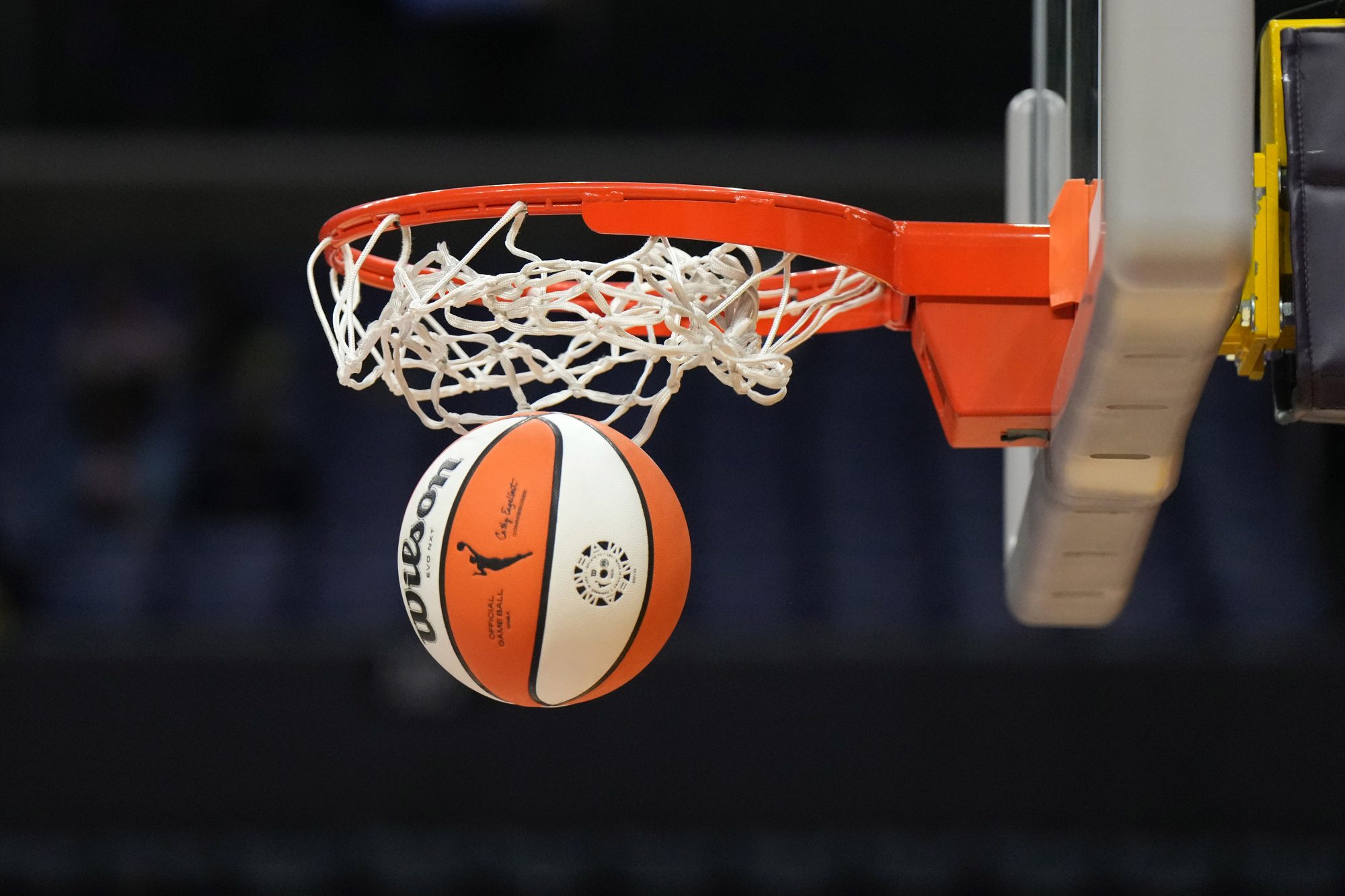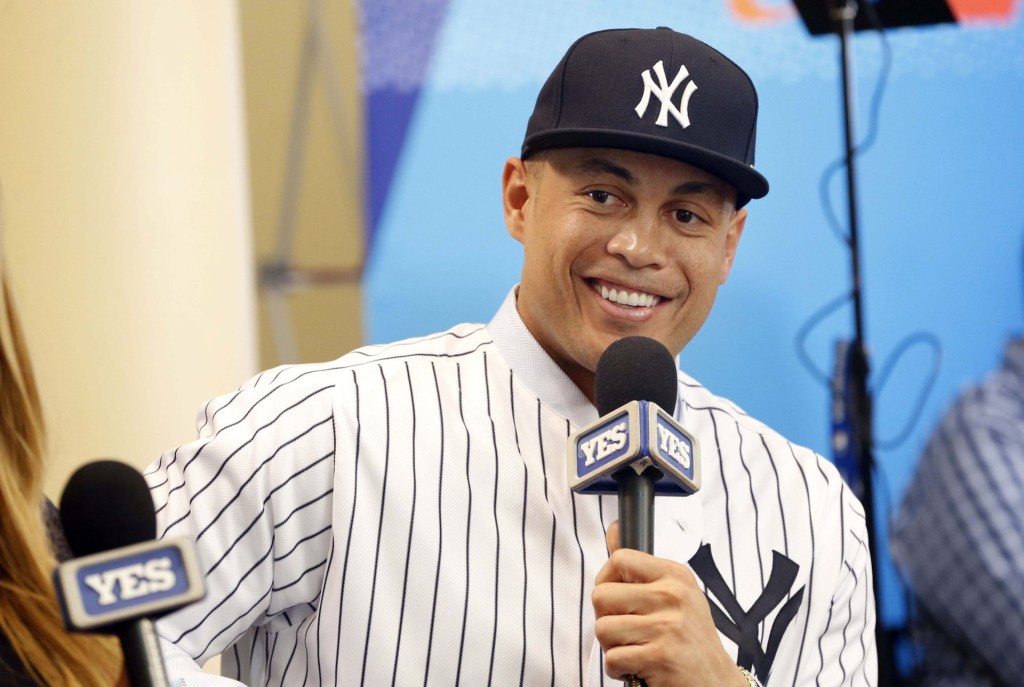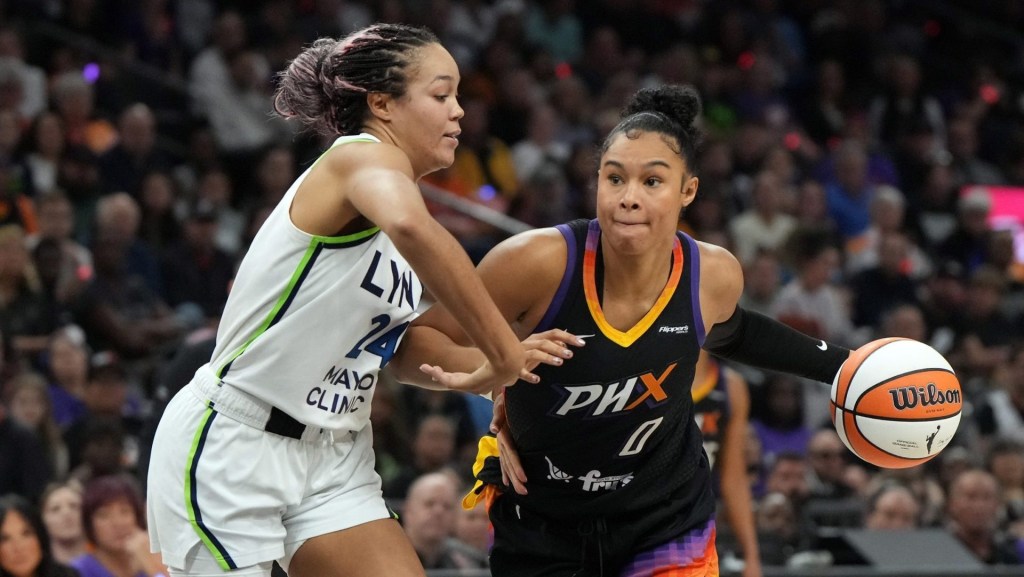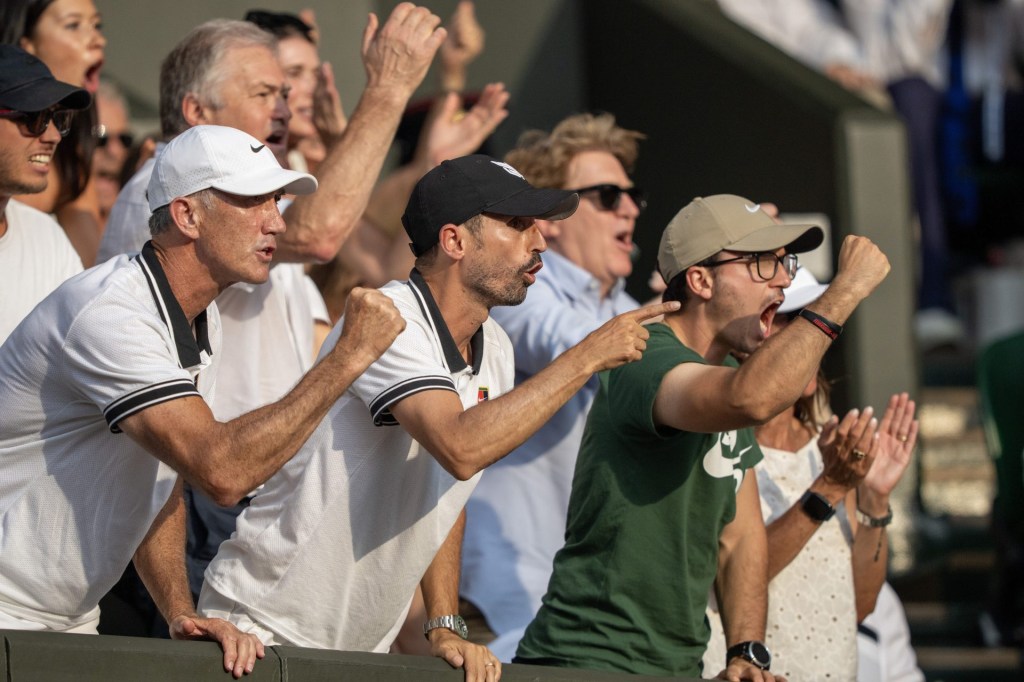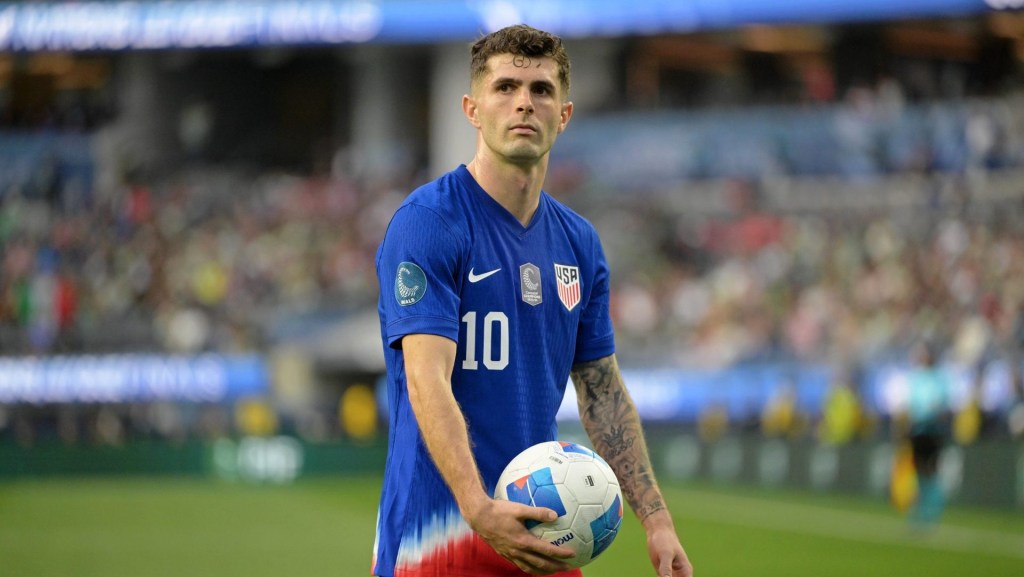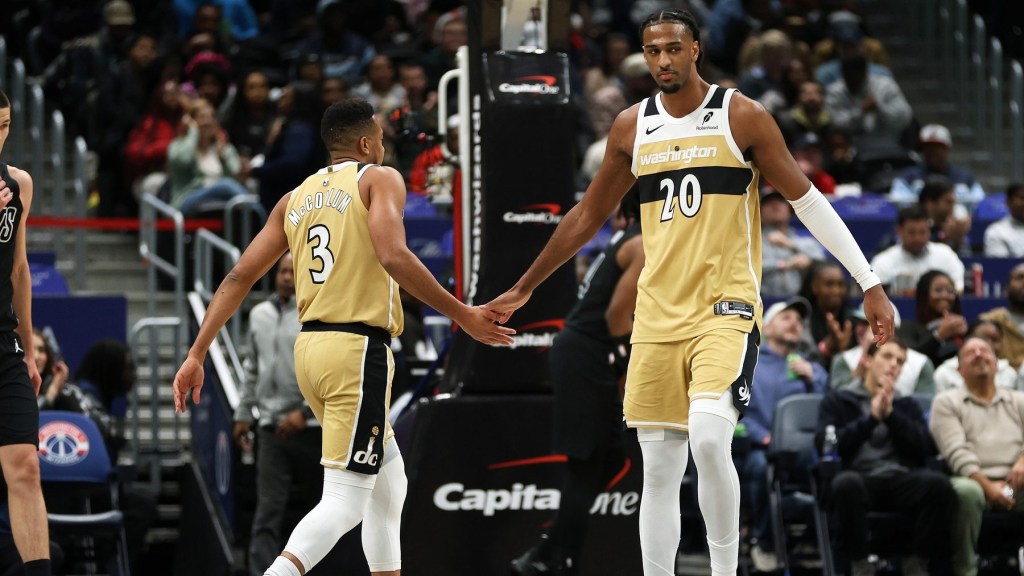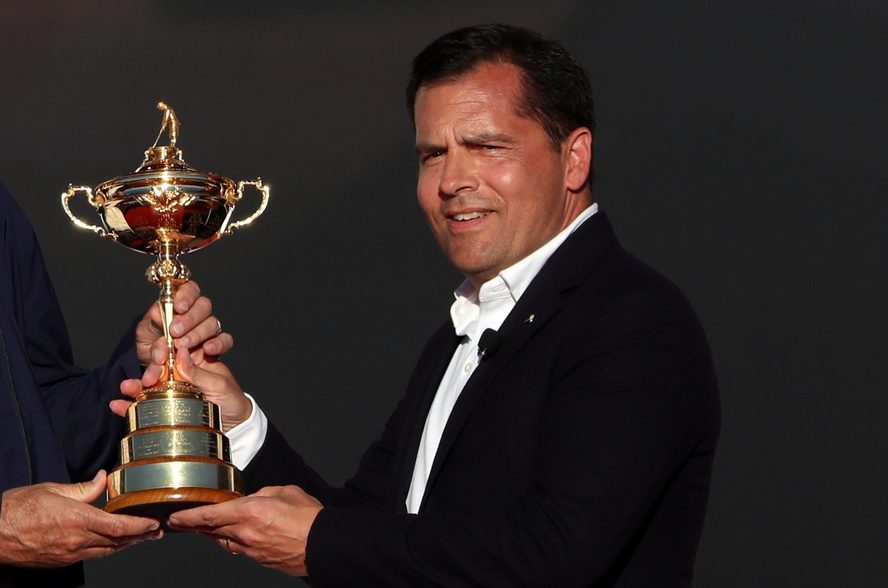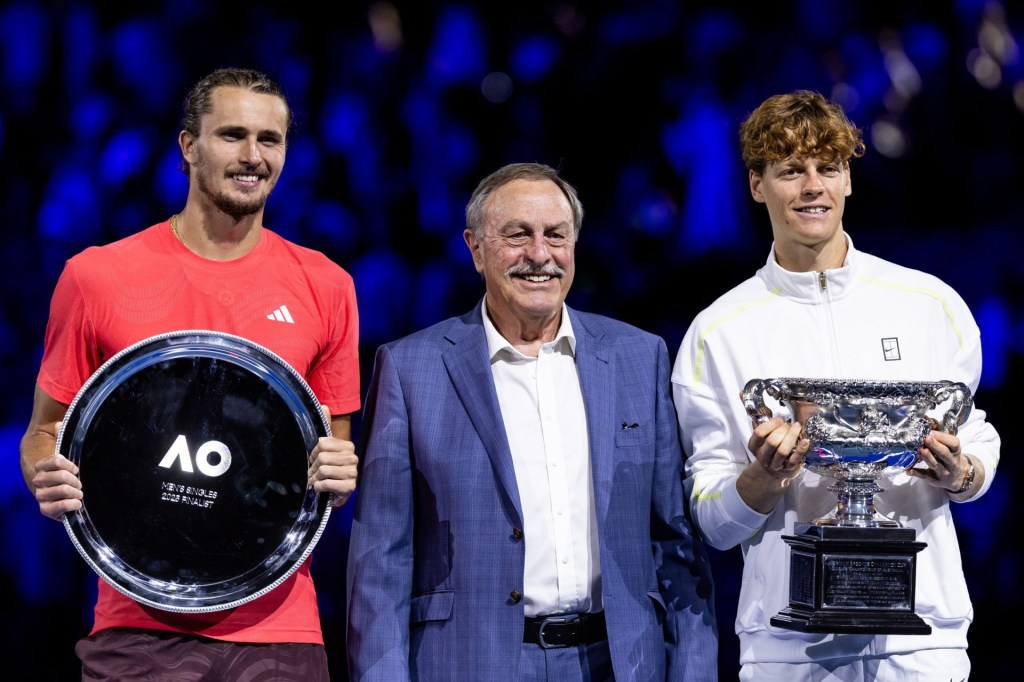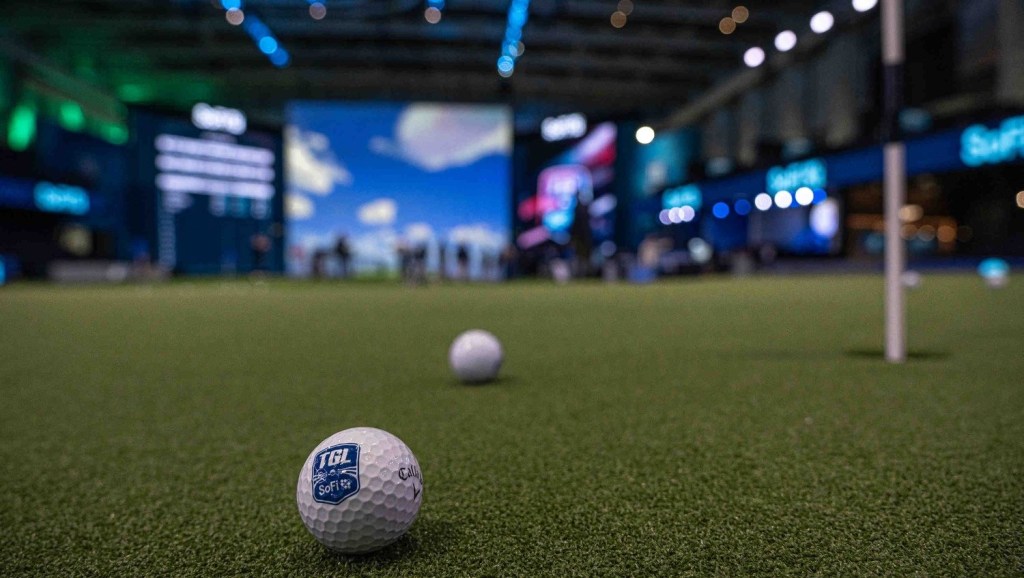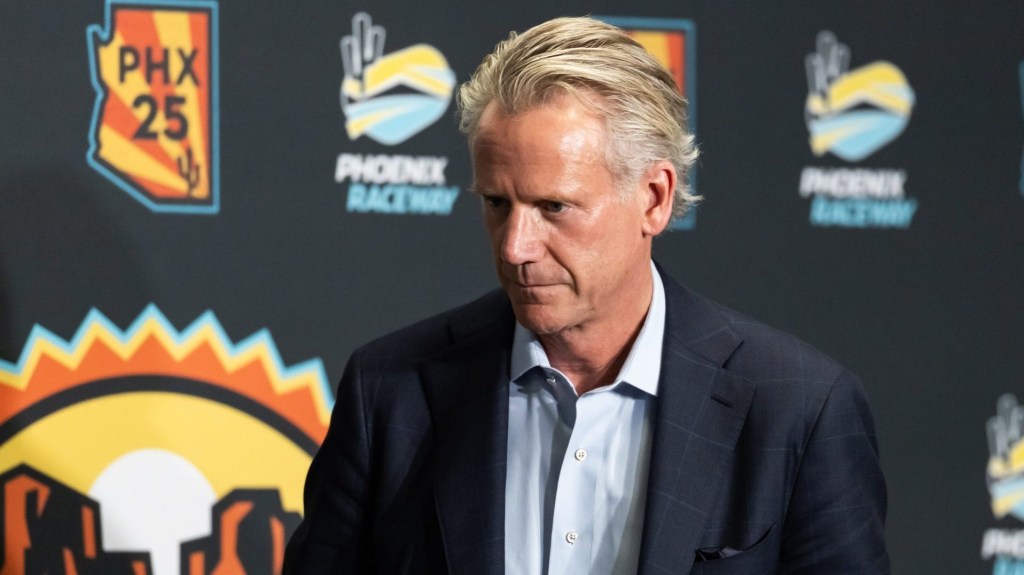WNBA expansion officially arrived this month with the announcement of the league’s 13th team, which will be based in the Bay Area and operated by Golden State Warriors owners Joe Lacob and Peter Guber.
It will be the sixth WNBA team that’s part of a larger NBA ownership group. A second expansion team has been linked to a Portland, Oregon-based billionaire.
Atlanta Dream managing partner Larry Gottesdiener, who is currently the WNBA’s newest owner, thinks the league should eventually expand to 24 teams, and isn’t shy in sharing his feelings regarding team ownership structures.
Sharing ownership groups with NBA teams “was necessary to get the league up and running,” he told Front Office Sports. “But now, for the long-term health and viability of the players and the league … there needs to be more independent, dedicated ownership.”
While Gottesdiener acknowledges the benefits of having access to NBA facilities and front offices, he thinks conflicts of interest are too hard to avoid.
“It’s going to become more challenging to manage both,” he said, pointing to dual-ownership groups potentially prioritizing their much more lucrative NBA teams — which he framed as being 100 times more valuable — and being distracted from WNBA operations.
Gottesdiener feels he can be 100% dedicated to the Dream without an NBA team or other professional franchise to worry about. This season, the Dream made the playoffs for the first time since Gottesdiener’s group took over in 2021.
The Washington Mystics were the last team with a direct affiliation to their NBA counterpart to win the WNBA Finals. The most recent five Finals have included three participants with NBA affiliations, seven without. Similarly, four semifinals participants in the past five years have been under ownership groups of NBA franchises, while 16 have been independently owned.
How We Got Here
Created by the NBA in 1996, the WNBA and its franchises were owned by the NBA until 2002, when individual clubs were sold to their NBA counterparts or third parties.
Now, it appears the WNBA will retain the near-even ownership split between independent groups and teams owned by NBA ownership groups, at least through this initial round of expansion bringing two teams into the league in 2025.
Conveniently, this season’s edition of the WNBA Finals showcases the two broad ownership models — and their pros and cons.
The New York Liberty are owned by Joe and Clara Wu Tsai, who own the Brooklyn Nets, while the Las Vegas Aces are unconnected to an NBA team. However, Vegas is a unique case as it shares an owner with the NFL’s Raiders in Mark Davis — similar to the Los Angeles Sparks, who share several co-owners with the Dodgers.
Moving forward, the WNBA tells Front Office Sports there is no league-wide preference for a specific ownership group. “Both ownership structures have proven to be successful in the WNBA, highlighting the crucial role of passionate owners who invest in and support their teams for the long term,” the league said.
But with the WNBA targeting more NBA markets like Charlotte, Denver, Philadelphia, and Toronto, is potential backing from billion-dollar men’s counterparts in those cities the best option for new teams?
Same Courts, Different Facilities
Like the incoming Bay Area team, the New York Liberty, Indiana Fever, Minnesota Lynx, and Phoenix Mercury all share ownership groups with their NBA counterparts and play in the same arena — while the Washington Mystics even share a 4,200-seat arena with the Wizards-affiliated G League team.
New projects like the one in Phoenix — a new $100 million shared practice facility and business headquarters for the Mercury and Suns — showcase the benefits of being tied to an NBA team. “Some [WNBA] teams are with NBA teams; some teams are not,” Chicago Sky guard Kahleah Copper noted. “So you see different things around the league.” The Sky are not affiliated with the Bulls but did bring on Dwyane Wade as a minority owner this summer.
Some independent ownership groups are investing, too, though. In Seattle, the Storm are planning to build a $64 million practice facility with offices. They play at the newly renovated Climate Pledge Arena, which could likely host an expansion NBA team in the future.
This season, the Aces moved into the first training center/team headquarters built solely for a WNBA team. “I’m blessed to be a part of a franchise where the owner wants us to be able to feel and be professional athletes,” Aces star A’ja Wilson said during an interview with FOS earlier this year. “And he treats us as such — i.e., our practice facility.”
Gottesdiener wants to replicate the Aces’ practice facility strategy in Atlanta for the Dream — something he believes should extend to the playing court. “I think the future of the W is wholly owned and designed, purpose-built arenas — just like the MLS — that are the right size, that have the right features,” he said. “The W and the NBA are not identical.”
The Sparks are the only independently owned team to play in the same arena as their NBA counterpart. But Gottesdiener went as far as to say that playing in an NBA arena is a long-term liability because of the different needs for WNBA teams.
Better Together?
One advantage of teams working together can be joint-branding opportunities.
“Co-marketing is a huge benefit,” Susie Piotrkowski, ESPN’s vice president of women’s sports programming, said to Front Office Sports. “Value of IP, brand affinity, inherent fandom.”
In Dallas, the Mavericks are not affiliated with the Wings. But this year, they became the WNBA team’s jersey sponsor, which puts the NBA team’s logo and the “Girls Empowered by Mavericks” emblem on the Wings’ uniforms.
“I love the cross-promotion of any sport,” CIAA commissioner Jacqie McWilliams-Parker added. Young basketball fans, she explained, may not even know the difference between the NBA and WNBA, but simply want to enjoy the game — men’s or women’s.
But Piotrkowski stressed that the success of a women’s franchise is contingent on the individual ownership group’s willingness to invest, whether they also have a men’s team or not. “It’s how much money is being put into these organizations.”
Without serious financial support, any marketing or branding efforts will ultimately fall flat in the long run.
WNBA commissioner Cathy Engelbert made it clear in her pre-Finals press conference that more expansion would be coming after 2025. The most important elements are finding the right mix of an ownership group and arena situation, she said.
As the league continues to ponder more growth, it will certainly be monitoring which teams succeed both on and off the court — and how much investment they receive from their owners.
